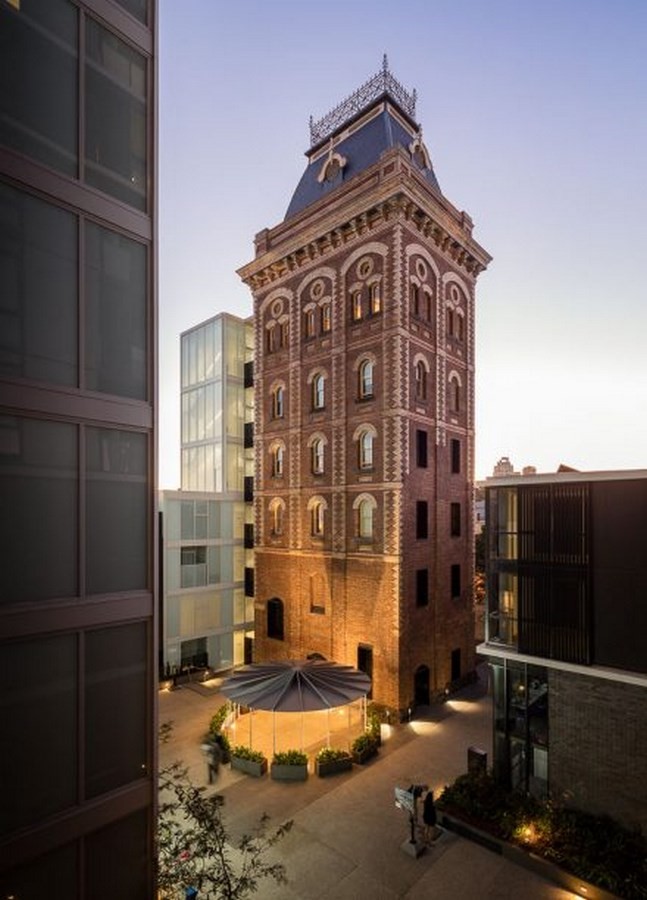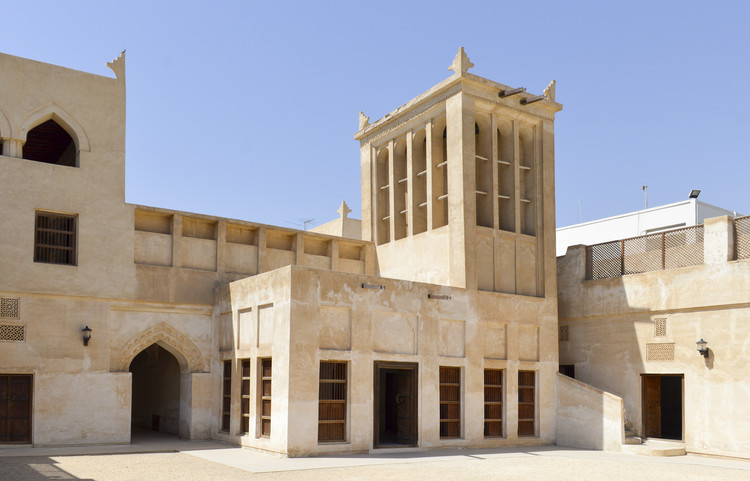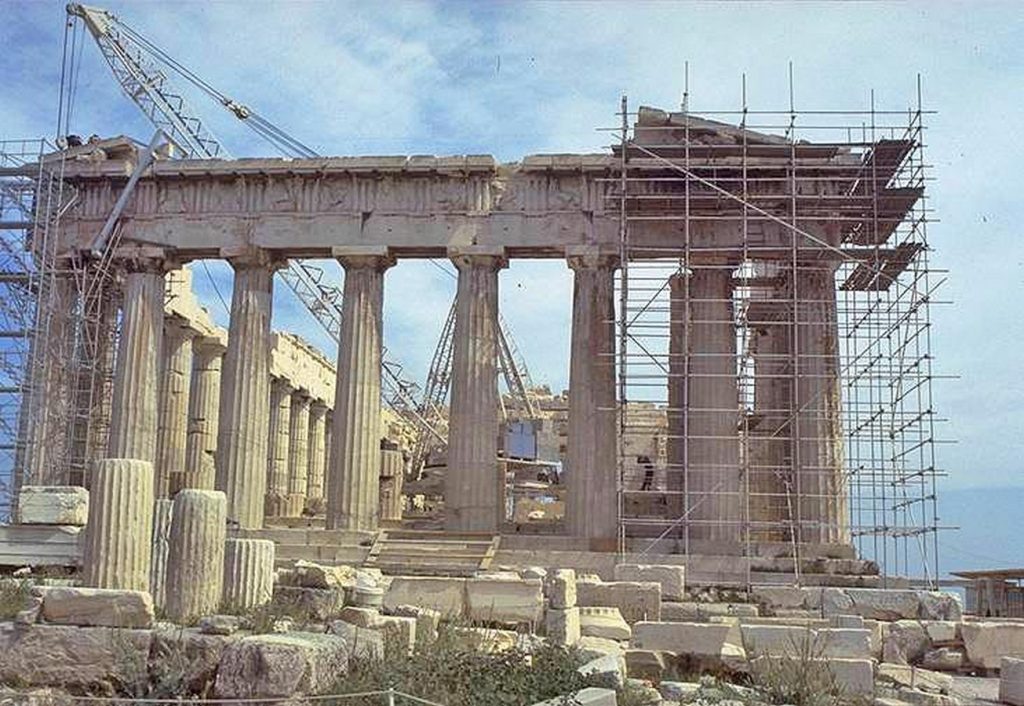Heritage architecture refers to buildings or structures with historical or cultural significance that are an important and necessary component of the nation’s heritage and that need to be conserved and protected. Because of their architectural significance and distinctive construction methods, historic buildings are a significant component of our cultural heritage. Since ancient times, it has been the responsibility of our society to preserve them for the benefit of coming generations.


We should first define heritage briefly. Heritage is a collection of assets acquired through inheritance or by right, for instance, a collection of public or private assets.
Why is it important to preserve our heritage?
The values of cultural identity can be kept alive through preservation. Before you can preserve, you must be aware of what a people’s cultural assets are. Because of this, all products listed in catalogs need to be secured. However, as architects, before taking any action, we must consider the worth of the good on which to intervene before choosing the type of intervention.

Heritage has a lot of great and important values that should be preserved, conserved, and maintained by us, and some of these values we have Economic values, cultural values, social values, and historical values…
What should we preserve from heritage?
Three aspects of our heritage should be preserved. The first is the protection of values. When people talk about heritage, many only consider its architectural components, but the most crucial aspect they overlook is its values (the values we previously stated). The second, and most crucial, is physical conservation, which entails safeguarding, caring for, and maintaining each and every component of the heritage without damaging it or making significant changes to it. Valorization, the third and final step, is what brings the building into focus, exemplifies, and explains its value.

How to preserve heritage?
The following are some of the most recent standards for heritage-related interventions:
- Maintenance of the genuineness of the paper and character of the material.
- The intervention’s capacity for reversal is little
- Uniqueness and expressive actuality.
- Harmony in terms of materials, construction, personality, etc.
- The intervention’s persistence.
- Environmental stability.
